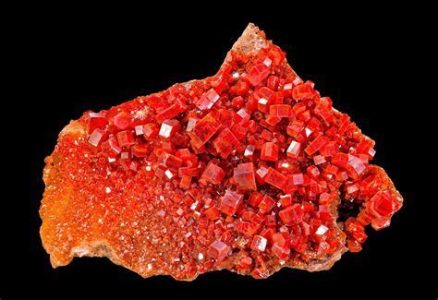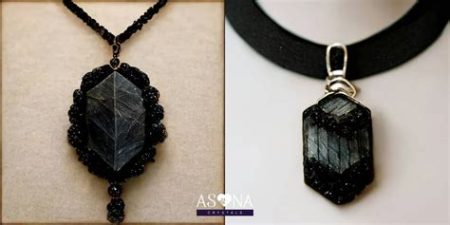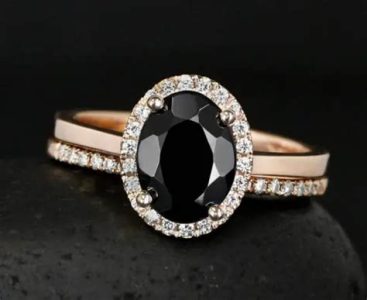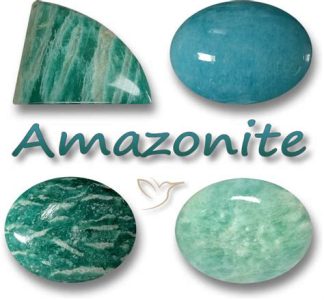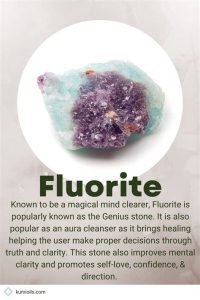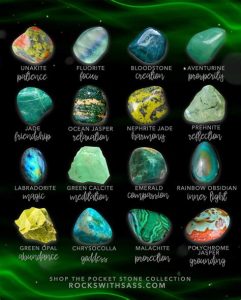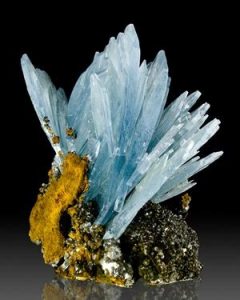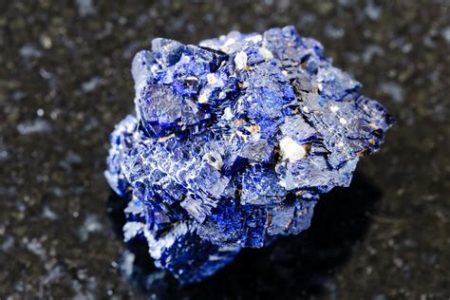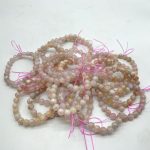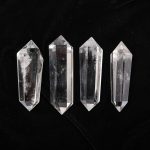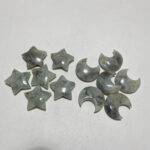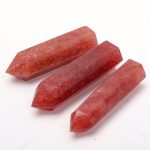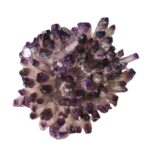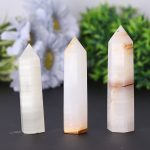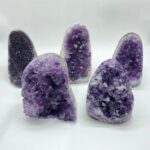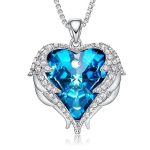Introduction
Crystal quartz is a powerful and versatile natural material with a wide range of uses. As the world increasingly turns towards sustainable and natural solutions, crystal quartz is poised to become an essential material in many industries. However, it is important to note that there are two main types of crystal quartz: raw and synthetic.

Raw VS Synthetic Crystal Quartz
The primary difference between raw and synthetic crystal quartz lies in their origin and processing. Raw crystal quartz is naturally occurring, while synthetic crystal quartz is man-made.
Composition and Properties
Raw crystal quartz is composed of pure silicon dioxide (SiO2), giving it a hardness of 7 on the Mohs scale. It possesses a trigonal crystal structure and exhibits characteristic piezoelectric and pyroelectric properties.
Synthetic crystal quartz, on the other hand, is typically manufactured using the hydrothermal method, where quartz crystals are grown in a controlled environment. The resulting material has a similar chemical composition and crystal structure to raw crystal quartz.
Appearance and Clarity
Raw crystal quartz often has a milky or cloudy appearance due to natural inclusions and fractures. These imperfections give each stone a unique character. In contrast, synthetic crystal quartz is typically very clear and free of inclusions, resulting in a polished and uniform appearance.
Sources and Sustainability
Raw crystal quartz is mined from underground deposits, with significant sources in Brazil, Madagascar, and the United States. The extraction of raw crystal quartz can have environmental impacts, such as deforestation and soil erosion.
Synthetic crystal quartz, being manufactured in controlled environments, has a lower environmental impact. However, it still consumes energy and resources during production.
Applications of Crystal Quartz
Electronics and Technology
Crystal quartz is widely used in electronics due to its piezoelectric properties, which allow it to convert mechanical energy into electrical energy and vice versa. This makes it a key component in devices such as watches, timers, and resonators.
Jewelry and Decoration
Raw crystal quartz is highly valued for its unique appearance and believed healing properties. It is commonly used in jewelry, such as necklaces, bracelets, and pendants. Additionally, raw crystal quartz is often used for decorative purposes in homes and offices.
Energy and Healing
Crystal quartz is believed to possess metaphysical properties, including the ability to amplify energy, promote healing, and enhance spiritual awareness. It is used in energy healing practices such as crystal therapy and Reiki.
Comparison of Raw and Synthetic Crystal Quartz
| Feature | Raw Crystal Quartz | Synthetic Crystal Quartz |
|---|---|---|
| Origin | Natural | Man-made |
| Appearance | Milky, cloudy | Clear, uniform |
| Inclusions | Present | Absent |
| Environmental Impact | Higher | Lower |
| Applications | Electronics, jewelry, energy healing | Electronics, jewelry |
Pros and Cons of Raw and Synthetic Crystal Quartz
Raw Crystal Quartz
Pros:
– Unique and natural appearance
– Believed healing properties
– Sustainable source
Cons:
– Cloudy or milky appearance
– Can contain inclusions
– Higher environmental impact
Synthetic Crystal Quartz
Pros:
– Clear and uniform appearance
– Free of inclusions
– Lower environmental impact
Cons:
– Manufactured, not naturally occurring
– May lack believed healing properties
– More expensive
FAQs about Crystal Quartz
1. What is the difference between raw and synthetic crystal quartz?
– Raw crystal quartz is naturally occurring, while synthetic crystal quartz is man-made.
2. What are the applications of crystal quartz?
– Crystal quartz is used in electronics, jewelry, energy healing, and more.
3. Is raw crystal quartz better than synthetic crystal quartz?
– Each type of crystal quartz has its own advantages and disadvantages. Raw crystal quartz is more unique and natural, while synthetic crystal quartz is clearer and has a lower environmental impact.
4. Where can I find crystal quartz?
– Raw crystal quartz can be found in nature or purchased from gemstone suppliers. Synthetic crystal quartz is primarily available from manufacturers.
5. How do I use crystal quartz for energy healing?
– Crystal quartz can be held in the hand, placed on the body, or positioned around a room to promote energy healing and spiritual awareness.
6. Is crystal quartz safe to wear?
– Yes, crystal quartz is safe to wear for most people. However, some people may experience skin irritation or other sensitivities, so it is recommended to remove the crystal quartz if any discomfort occurs.
Current Status and Future Trends
The global crystal quartz market is expected to reach $8.2 billion by 2025, driven by increasing demand from the electronics and energy sectors. The trend towards sustainable and natural solutions is also driving growth in the market for raw crystal quartz.
In the future, we can expect to see continued innovation in the applications of crystal quartz, particularly in the fields of energy and technology. New discoveries and research may uncover new uses for this versatile material.
Case Detail: Raw Crystal Quartz vs Synthetic Crystal Quartz in Electronics
In the electronics industry, both raw and synthetic crystal quartz are used as resonators in devices such as watches and timers. However, there are some key differences in their performance.
Raw crystal quartz resonators are more stable and accurate than synthetic crystal quartz resonators, making them the preferred choice for high-precision applications. Additionally, raw crystal quartz resonators have a longer lifespan than synthetic crystal quartz resonators.
On the other hand, synthetic crystal quartz resonators are less expensive to produce, making them more suitable for mass-market applications.
Conclusion
Crystal quartz, in both its raw and synthetic forms, is a valuable material with a wide range of applications. As the world continues to move towards sustainability and natural solutions, the demand for crystal quartz is only expected to grow.

